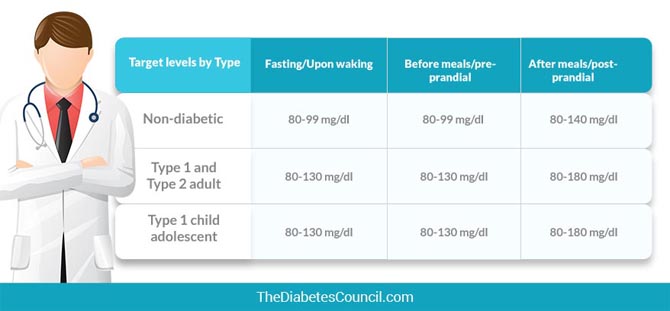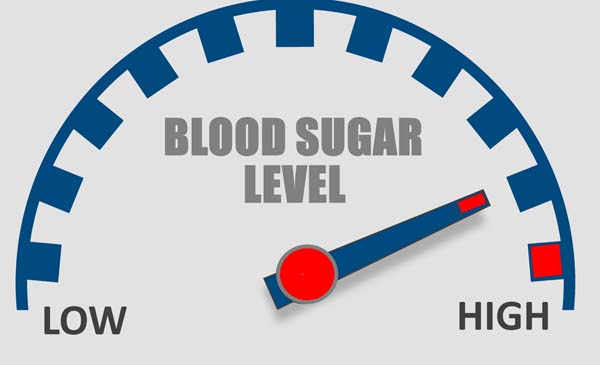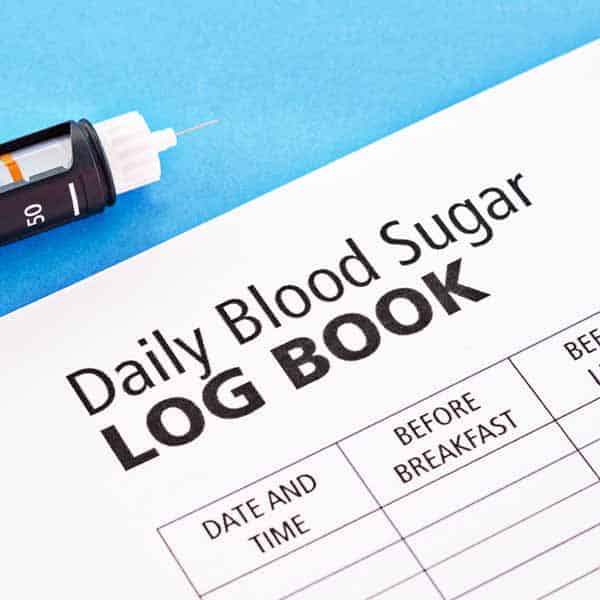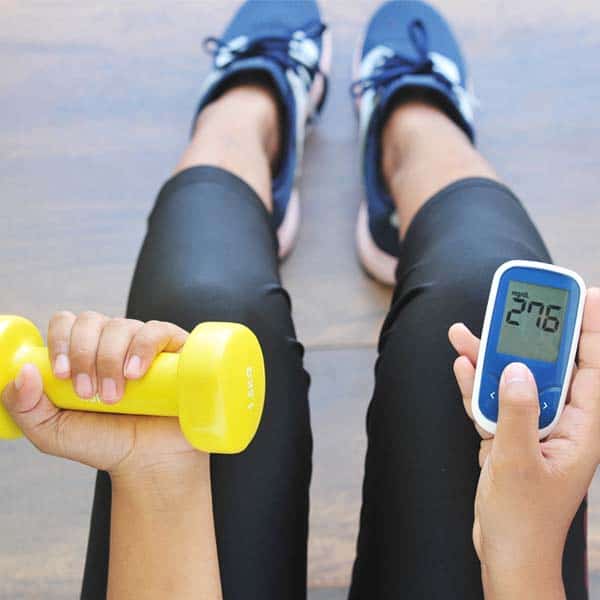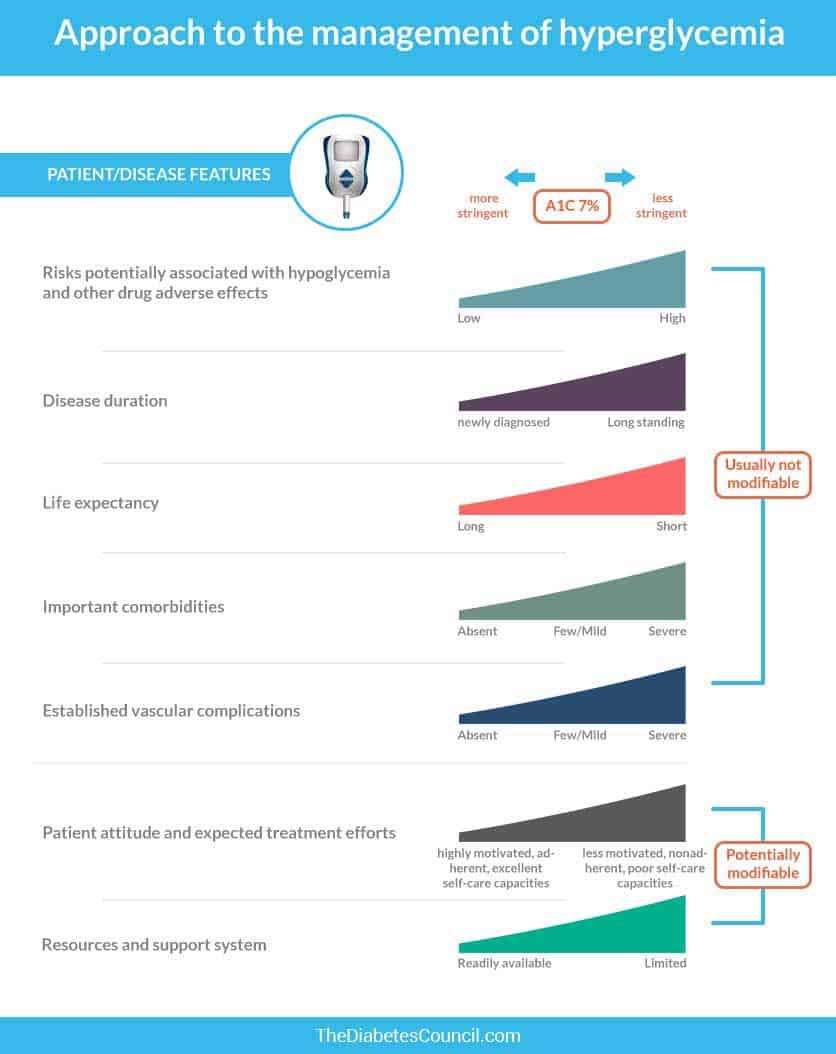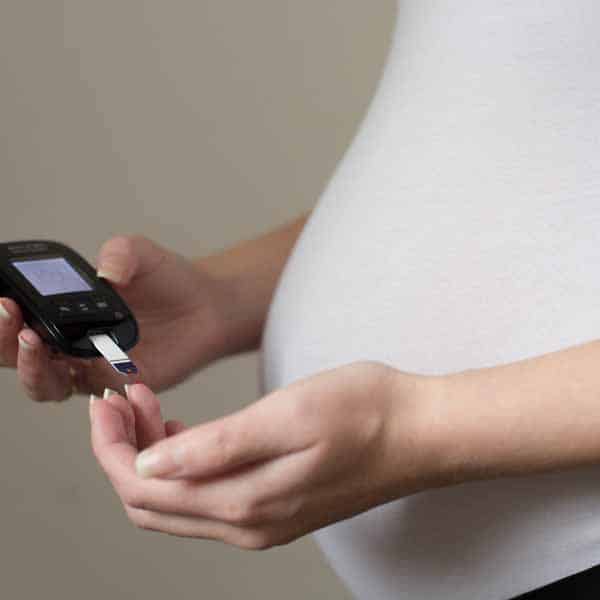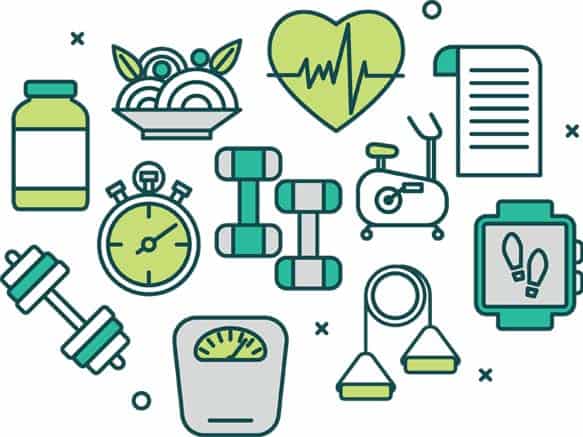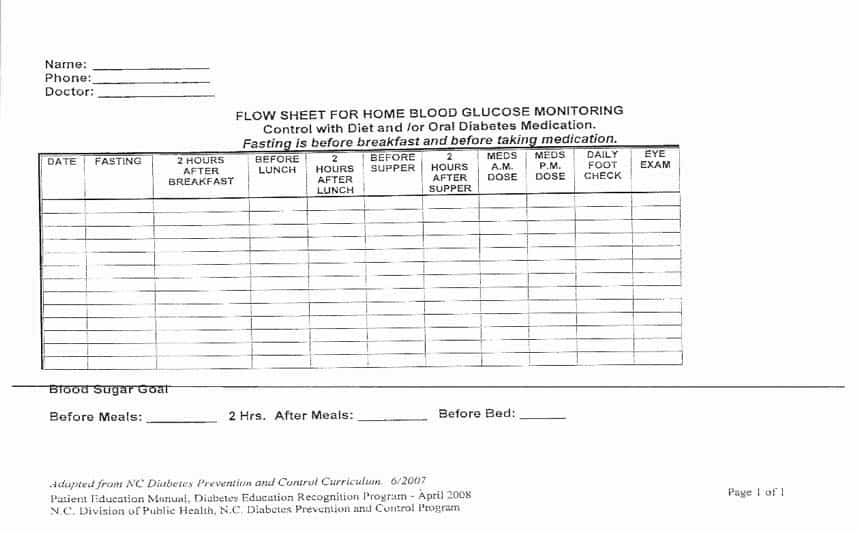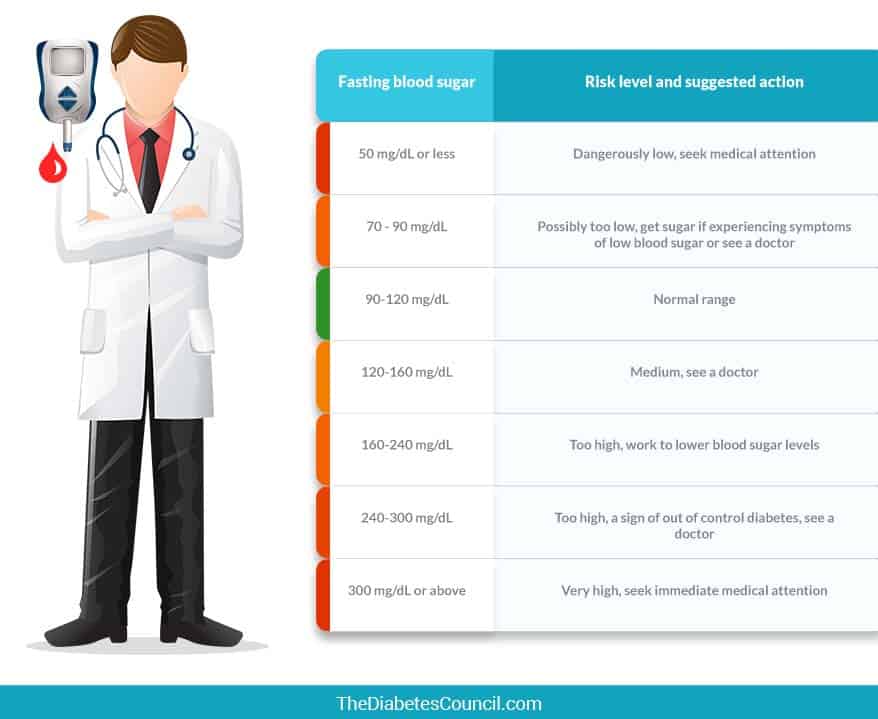Understanding blood sugar target ranges to better manage your diabetes
As a person with diabetes, you may or may not know what your target ranges should be for your blood sugars first thing in the morning, before meals, after meals, or at bedtime.
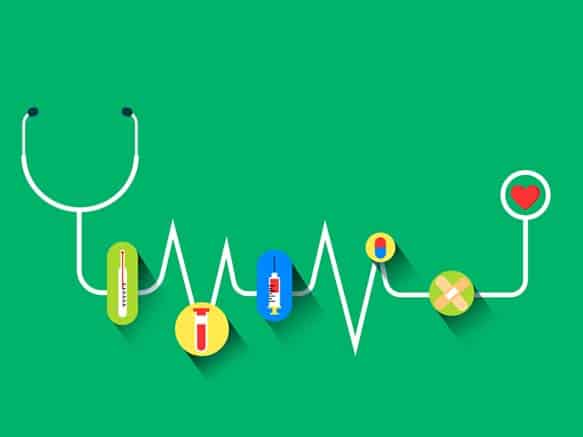
You may or may not understand what blood sugar ranges are for people without diabetes. You may or may not understand how your A1C correlates with your target ranges.
How do you get a clear picture of what is going on with your blood sugar, and how it could be affecting your health?
In this article, we will look at what recommended blood sugar target ranges are for people without diabetes.
We will look at target ranges for different times of the day for people with diabetes.
We will look at target ranges for Type 1 versus Type 2 diabetes. Is there a difference?
We will also look at what blood sugars should be during pregnancy for those with gestational diabetes. We will look at other factors when determining blood sugar targets, such as:
- Age
- Other health conditions
- How long you’ve had diabetes for
- Stress
- Illness
- Lifestyle habits and activity levels
We will see how these factors impact target ranges for your blood sugars when you have diabetes. We will learn that target ranges can be individualized based on the factors above. We will learn how target ranges help to predict the A1C levels.
We will see how if you are in your target range, you can be pretty sure that your A1C will also be in target. We will see how you can document your blood sugar patterns in a notebook or in an “app,” and manage your blood sugars to get them in your target ranges.
First, let’s look at the units by which blood sugars are measured…
Contents
- How is blood sugar measured?
- Blood sugar target levels for people without diabetes
- Blood sugar target levels for nonpregnant adults with diabetes (Type 1 and Type 2)
- Adjusting blood sugar target ranges
- Blood sugar target levels for children and adolescents under the age of 18 with Type 1 Diabetes
- Blood sugar target ranges for gestational diabetes
- Tips for tracking your blood sugar patterns, and using your results
- A few more things related to blood sugars
How is blood sugar measured?
In the United States, blood sugar is measured in milligrams per deciliter (by weight). This is abbreviated as “mg/dl.”
In Europe and Canada, blood sugar is measured a little differently, by millimole per liter, which is abbreviated “mmol.” However it’s measured, blood sugar is the concentration of sugar or glucose in the bloodstream.
If you multiply the Canadian or European “mmol,” by the number 18, you can calculate milligrams per deciliter.
In other words, if a person in Canada reports their blood sugar as an 8, multiply 8 times 18 to give you the number 144 (which in the United States is mg/dl). Using this calculation, this person’s blood sugar = 144 mg/dl, (converted from 8 mmol).
Blood sugar target levels for people without diabetes
In a person without diabetes, the body makes enough insulin to bring down the blood sugar after a meal. There is enough insulin made by the islet cells in the pancreas to deal with blood sugar. The insulin that is made by the islet cells in the pancreas works well. It is used by the body’s cells efficiently.
The blood sugar ranges listed below for the nondiabetic coincide with an A1C of 4.8 – 5.6 percent. This is in normal range for this laboratory value. The A1C is the average of blood sugars over a two to three-month period. A person with no diabetes and a fully working pancreas will have an A1C in this range.
Fasting blood sugar and before meal blood sugar target levels for a person without diabetes
In a person with the absence of diabetes, a “normal” blood sugar before eating or drinking anything upon rising in the morning would be 80-99 mg/dl. This is the range for blood sugars fasting and before meals (sometimes abbreviated as FBS and AC).
If we convert the same number to mmol, the value in mmol (70 divided by 18 = 3.8 mmol and 99 divided by 18 = 5.5 mmol). Now that you have a good idea of how to convert mg/dl to mmol, we will continue discussing blood sugars in terms of milligrams per deciliter, or mg/dl, for simplification. Again, this is the measurement used in the United States.
Two-hour post-prandial blood sugar for a person without diabetes
The new American Diabetes Association guidelines are out. Two hours after the start of a meal, a person with no diabetes should have a blood sugar between 80-140 mg/dl. The key here is to be less than 140 mg/dl, but not lower than 80 mg/dl
A post-prandial, or after meal blood sugar, shows how fast the pancreas reacts to release insulin into your bloodstream following a meal. In a person with no diabetes, the pancreas can react quickly to changes in blood sugars, releasing the appropriate amount of insulin to deal with the post-meal blood sugar spike. There is no insulin resistance in the person with no diabetes, so the body’s cells take the insulin up, and use it for energy. Everything is as it should be, and working properly.
There is no insulin resistance in the person with no diabetes, so the body’s cells take the insulin up, and use it for energy. Everything is as it should be, and working properly.
Blood sugar target levels for nonpregnant adults with diabetes (Type 1 and Type 2)
From the 2017 American Diabetes Association Standards of Care, the following chart shows current targets for blood sugars for nonpregnant adult patients with diabetes:
| A1C <7.0% (53 mmol/mol) |
| Preprandial capillary plasma glucose 80–130 mg/dL* (4.4–7.2 mmol/L) |
| Peak postprandial capillary plasma glucose† <180 mg/dL* (10.0 mmol/L) |
| *More or less stringent glycemic goals may be appropriate for individual patients. Goals should be individualized |
| **based on duration of diabetes, age/life expectancy, comorbid conditions, known CVD or advancedmicrovascular complications, hypoglycemia unawareness, and individual patient considerations.†Postprandial glucose may be targeted |
Blood sugar target levels for nonpregnant adults with diabetes coincide with A1C less than 7
An A1C less than 7 percent is the guideline for adults with diabetes, and the target ranges of 80-130 mg/dl fasting or pre-meal, and 80-180 mg/dl after meals (postprandial) corresponds with an A1C of less than 7 percent.
These values represent what research has shown to be the optimal blood sugar targets for nonpregnant adults to avoid complications of diabetes in the long term. Less than 70 mg/dl is considered a low blood sugar, or hypoglycemia, and the newest guideline consider that you want to catch a low blood sugar before it occurs.
Fasting blood sugar and before meal blood sugar target levels for adults with diabetes
Before eating or drinking anything in the morning, and before each meal, the fasting blood sugar and pre-meal blood sugar target for nonpregnant adults with diabetes is 80-130 mg/dl.
Two-hour post-prandial blood sugar target levels for adults with diabetes
The target blood sugar range for a nonpregnant adult with diabetes is often written as “less than 180 mg/dl.” For clarity, the target range is written here as 80-180 (as less than 80 mg/dl would be trending to low blood sugar or hypoglycemia). A foremost goal is always to avoid low blood sugar or hypoglycemic episodes.
Adjusting blood sugar target ranges
There are some times when it is appropriate to adjust the blood sugar target ranges for a person with diabetes. Targets can be adjusted due to the age of the individual.
A 92 year old with diabetes, for example, would not be looking at the long term complications of diabetes as much as a younger person would. Therefore, the target range should be adjusted related to the advanced age of the patient.
Mainly, there is an adjustment in the target range for the A1C. In the elderly with diabetes who are not looking at the long-term complications, the A1C target can be set at less than 8 percent.
Other factors, such as other health conditions, stress, illness, how long a person has had diabetes for, and lifestyle habits and activity levels may be considered when setting an A1C target, as well as a fasting, pre-meal, and post-meal blood sugar target.
For example, a patient who is not getting good control of blood sugars, and having frequent readings in the 200-300 mg/dl level may be told to keep their fasting and pre-meal blood sugar in the 80-140 mg/dl range, and post-meal blood sugar less than 200 mg/dl. As the patient improves self-management, the target ranges can be tapered down to the usual ranges.
Blood sugar target levels for children and adolescents under the age of 18 with Type 1 Diabetes
Blood sugar target levels for children and adolescents who are under the age of 18 coincide with an A1C of less than 7.5 percent with no episodes of low blood sugar or hypoglycemia. High blood sugar or hyperglycemia does contribute to complications, both in the short and the long term for youth and adolescents.
However, low blood sugar or hypoglycemia can damage brain function and affect memory. This is one difference between Type 1 and Type 2 diabetes related to youth and adolescents. Otherwise, there are no differences.
With that said, the target ranges for blood sugars fasting, pre-meal, and post-meal are the same for children and adolescents under the age of 18. Again you are looking for fasting and pre-meal blood sugars in the 80-130 mg/dl range, post-meal blood sugars should be less than 180 mg/dl (but not less than 80 mg/dl).
Blood sugar target ranges for gestational diabetes
The strictest and tightest control of blood sugars is necessary when a patient has gestational diabetes. This tight control is necessary to keep mother and baby safe when the mother has gestational diabetes.
In addition to increased complications for the mother, an infant born to a mother with gestational diabetes is at an increased risk of being born with a high birth weight (9 pounds or more). This condition is called macrosomia. Later on in life, the infant may be more prone to becoming obese, and to developing Type 2 Diabetes.
When the extra sugar in the mother’s bloodstream crosses the placenta, the infant’s pancreas is signaled to make more insulin. Therefore, the infant grows too large in utero.
After birth, the infant is at increased risk of hypoglycemia, or low blood sugar related to the excessive amounts of insulin their pancreas produces.
Blood sugar target ranges for gestational diabetes from the American Diabetes Association
The blood sugar target ranges for gestational diabetes coincide with an A1C of less than 6 percent. As long as this is able to be achieved without episodes of low blood sugar or hypoglycemia, this tight control is sought out
- Fasting and pre-meal less than or equal to 95 mg/dl
- One-hour post-meal less than or equal to 140 mg/dl
- Two-hour post-meal less than or equal to 120 mg/dl
For women with preexisting diabetes (either Type 1 or Type 2) who become pregnant, blood sugar target levels are as follows:
- Pre-meal, bedtime, and overnight blood sugar 60–99 mg/dl
- Peak postprandial glucose 100–129 mg/dl
- A1C <6.0% if this can be achieved without low blood sugar or hypoglycemia
In addition, during pregnancy, red blood cells run their lifespan faster. Therefore, A1C levels will fall during pregnancy. Since the A1C represents an average of blood sugars over time, it should be used secondary to monitoring blood sugars during pregnancy. The A1C may also need to be drawn monthly during pregnancy, due to the alteration of red blood cells that occurs during pregnancy.
The American College of Obstetricians and Gynecologists (ACOG) recommends different target ranges than the American Diabetes Association. Until consensus is achieved between the two entities, targets should be set based on individualization of patient care, and clinical experience. The following are the target ranges from ACOG:
- fasting less than 90 mg/dl
- pre-meal less than 105 mg/dl
- 1-h post-meal less than 130–140 mg/dl
- 2-h post-meal less than 120 mg/dl
If targets are not achieved without low blood sugar or hypoglycemia, the ADA recommends consideration of higher target ranges:
- fasting less than 105 mg/dl
- 1-h postprandial less than 155 mg/dl
- 2-hour postprandial less than 130 mg/dl.
Tips for tracking your blood sugar patterns, and using your results
Here are some great tips:
Have a blood sugar chart on your phone or a written notebook nearby to compare your numbers
For my patients during the class entitled, “Monitoring your Blood Glucose,” I pass out individual notebooks, and packs of different colored highlighter pens for pattern management. Inside, there are copies of an enhanced blood sugar log.
Patients log their blood sugars at different times of the day, and color-code them with highlighters. This helps patients to pick out their blood sugar patterns, and to do different things to adjust their blood sugars to get them in a target range.
Patients may either take a walk following a high carbohydrate meal, take more insulin if they are correcting blood sugar with insulin, decrease the amount of carbohydrates at the next meal, etc. By seeing what their blood sugars are at different times of the day, they can work their blood sugars into their target ranges. Once blood sugars are in the target range, their A1C should also be on target.
By taking charge of diabetes instead of letting it take charge of you, patients can have success when trying to meet their blood sugar and A1C goals. This empowers patients, making self-management success more likely. This benefits patients, families, and society through less suffering, lower medical costs, and more.
I have included a copy of the enhanced blood sugar log that I use to make a pattern notebook for my patients. Readers here at TheDiabetesCouncil are welcome to copy the form for their own use in self-managing their diabetes. You can also download our comprehensive log book here.
Phone “Apps”
Phone apps are popular nowadays, and if you like and use smart phones, why not download a handy app for your cell phone? There are apps that keep track of your blood sugars, diet intake, exercise, and more. Two of my favorites are “MyFitnessPal,” and “Glucose Buddy.”
There are many more apps available. To find them, go to your play store on your phone, and search for “diabetes apps” we have also listed the top diabetes apps here. This search should pull up a pretty good list of apps for you to choose from. Most apps are free to download. My suggestion would be for you to try a few, and then determine which one works the best for your purposes.
Remember that there is no healthy “number,” per se. You are shooting for your blood sugars to be in a target range, so you have a little leeway. It is important to get your blood sugars into your target range. This is due to the target ranges for blood sugars coincide with the blood sugar target range that prevents the long-term complications of diabetes.
For blood sugar, over 250 mg/dl for two readings, or for low blood sugar that is not over 80 mg/dl after several attempts to correct the low blood sugar with quick acting carbohydrates, assistance may be needed. For the high blood sugar, a patient should call their primary care provider, or the provider on call if it is on the weekend. If a low blood sugar will not come up after two attempts, a 911 call may be warranted. Remember to post your comments down below.
TheDiabetesCouncil Article | Reviewed by Dr. Christine Traxler MD on June 2, 2023
References
- https://professional.diabetes.org/sites/professional.diabetes.org/files/media/abridged_standards_of_medical_care_in_diabetes_2017_0.pdf
- http://www.diabetesforecast.org/2014/11-nov/new-type-1-treatment.html
- http://www.diabetes.org/diabetes-basics/gestational/how-to-treat-gestational.html
- http://care.diabetesjournals.org/content/38/Supplement_1/S77


